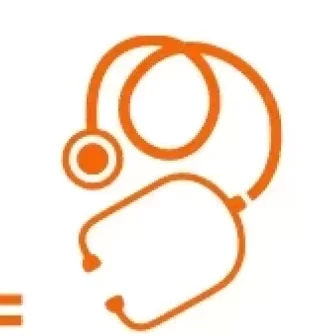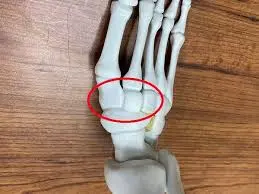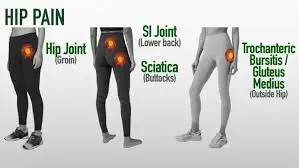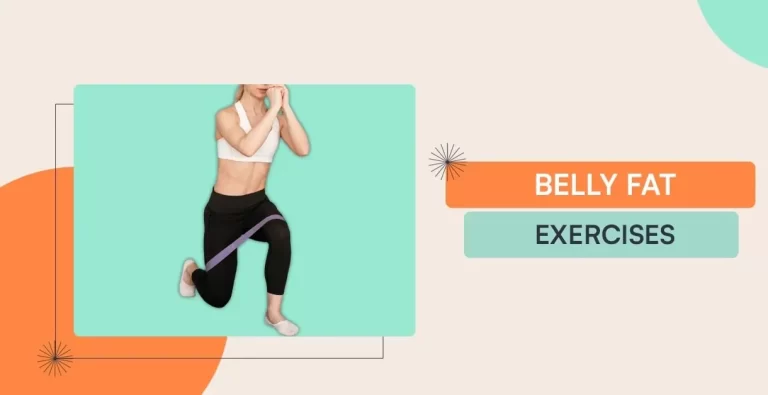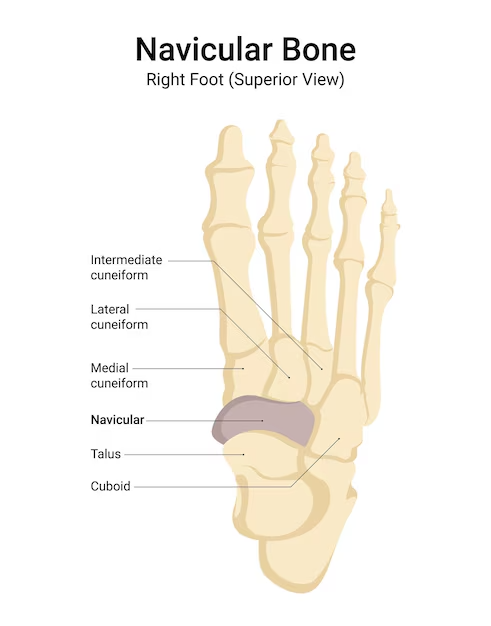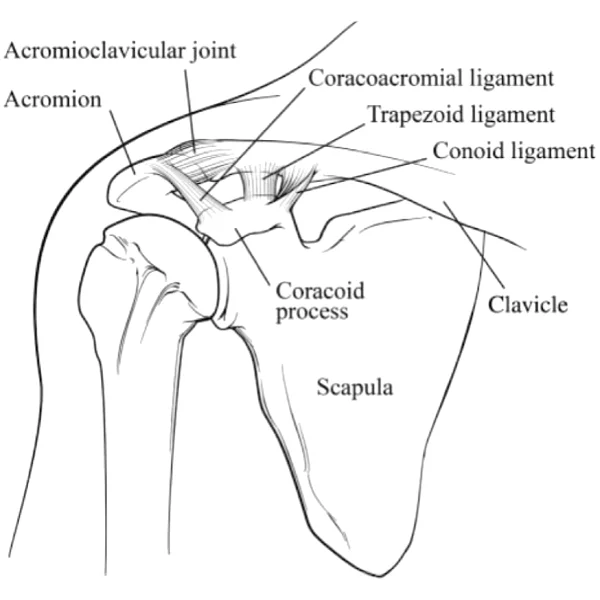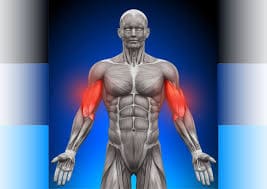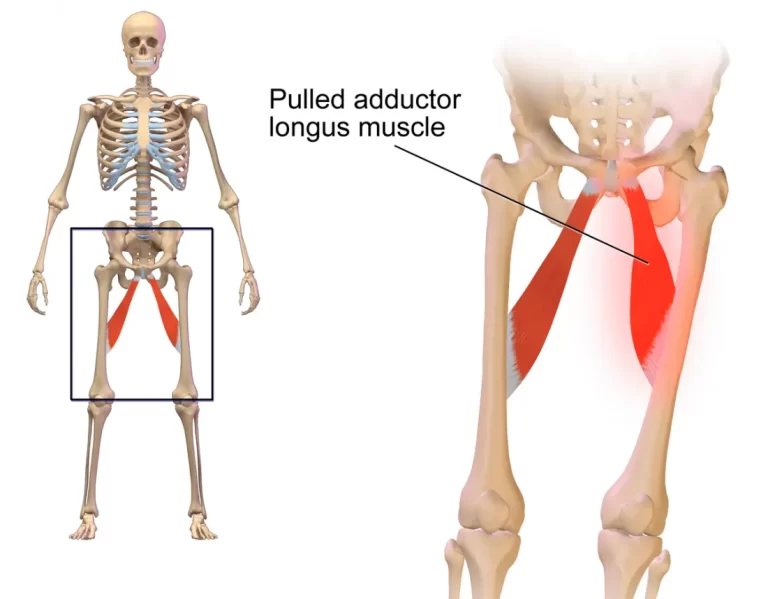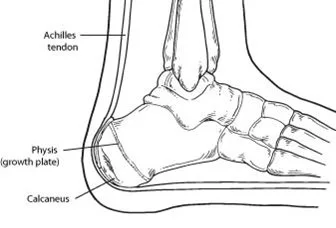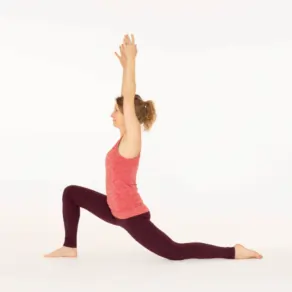The acromioclavicular joint, frequently referred to as the AC joint, is an essential anatomical structure situated on the top of the shoulder where the lateral end of the clavicle (collarbone) articulates with the acromion process of the scapula. This joint is critical to the stability and operation of the shoulder complex, allowing for a wide range of motion while preserving the structural integrity of the shoulder girdle. The AC Joint, which joins the scapula and clavicle, is the major articulation that separates the upper extremities from the trunk. Introduction One of the four joints that form the shoulder complex is the AC joint, also known as the articulioclavicular joint. The primary articulation that interrupts the upper limbs from the trunk and connects the scapula to the clavicle is the AC Joint. The…
